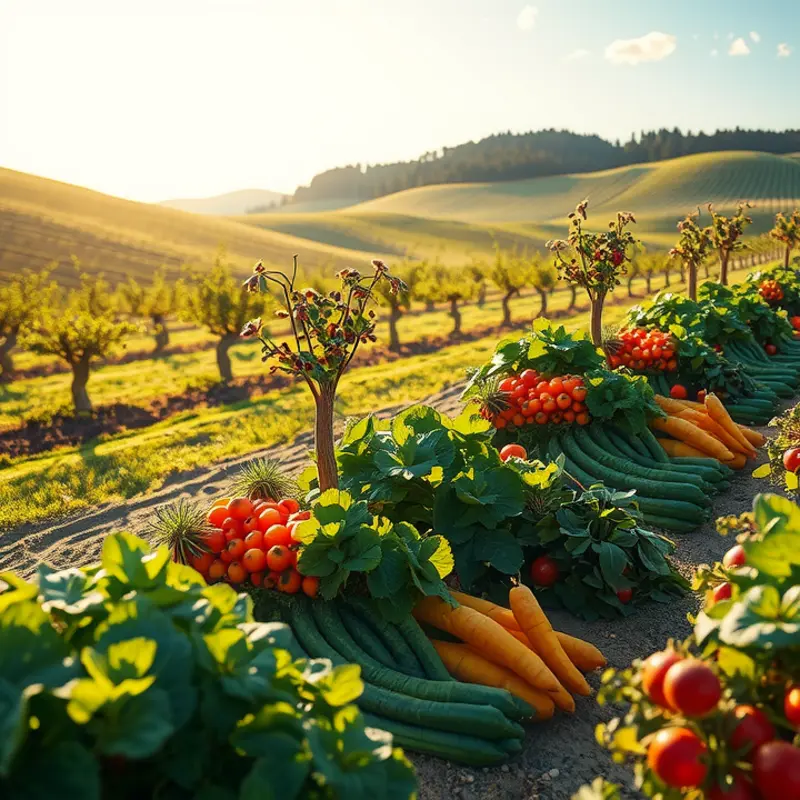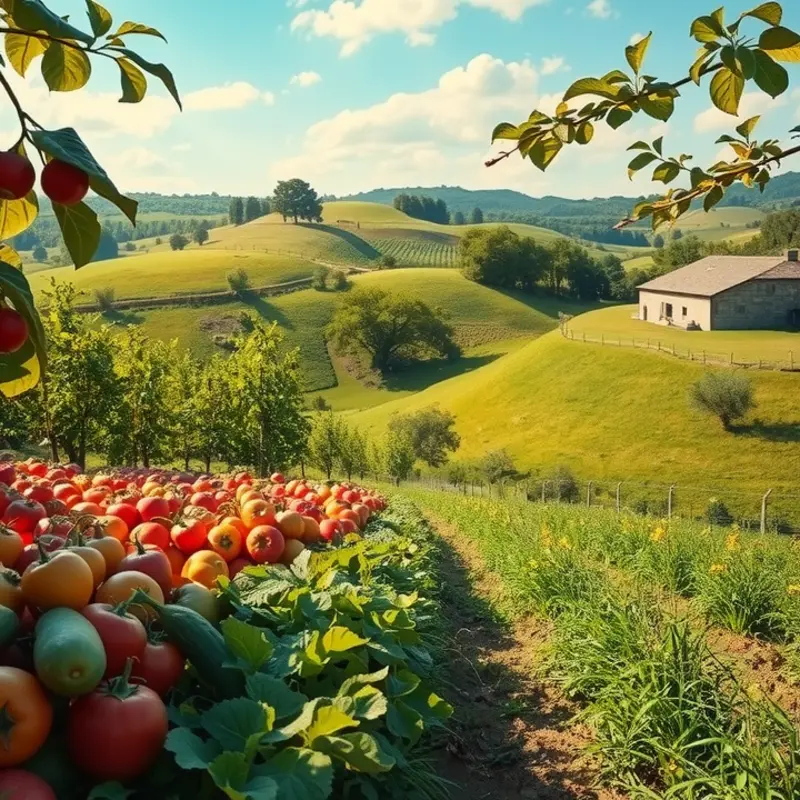Food oxidation is a natural process that can spoil your ingredients, leading to waste and diminished flavors. By understanding how to properly store food and manage your kitchen supplies, you can preserve freshness, reduce waste, and enjoy your meals longer. This guide goes beyond simple suggestions, providing actionable tips to prevent food oxidation effectively. Embrace these techniques to ensure your produce remains vibrant and your pantry stays organized.
Understanding Food Oxidation

Food oxidation is a natural yet often undesirable process that affects the quality and safety of our edibles. At the molecular level, oxidation occurs when oxygen molecules interact with food components like fats, proteins, and vitamins. This interaction often leads to the degradation of these essential nutrients, altering the food’s color, texture, and flavor.
Understanding the chemical processes involved in food oxidation can help us better protect our ingredients. For instance, when oxygen comes into contact with unsaturated fats, it leads to rancidity, resulting in a sharp smell and spoilage. This is particularly noticeable in oils, nuts, and seeds. Similar oxidative reactions can cause the browning of fruits and vegetables, such as apples and potatoes. This type of browning is often due to the enzyme polyphenol oxidase reacting with oxygen.
Beyond visual and flavor alterations, oxidation can result in more significant nutritional losses. Vitamins A, C, and E are particularly susceptible to oxidative damage. As antioxidants, these vitamins play a crucial role in our diet, neutralizing free radicals that are often byproducts of metabolic processes. When they oxidize, their efficacy diminishes, contributing to nutritional deficiency.
Preventing oxidation starts with understanding its primary driver: exposure to air. Sealable containers and vacuum packaging are effective ways to limit air exposure. Additionally, reducing surface area by keeping products whole until needed can decelerate oxidation. Refrigeration and freezing can also play a significant role, as lower temperatures slow down chemical reactions.
Another critical strategy is the use of antioxidants, whether naturally occurring or as additives. Lemon juice, rich in ascorbic acid, helps prevent browning in fruits by slowing the oxidation process. Similarly, tocopherols in beans and grains serve as natural preservatives.
When we discuss the all-encompassing impact of oxidation, it’s crucial to acknowledge its effects on seafood. Oxidation contributes to the rapid spoilage of fish and shellfish. Understanding proper storage and thawing techniques is vital to preservation. For detailed guidance, see safe seafood thawing.
In conclusion, mastering the knowledge of food oxidation not only prevents waste but also maintains the quality and nutritional value of our food. By employing strategies to minimize exposure to air and temperature fluctuations, we can effectively combat the evil of oxidation, resulting in fresher, more vibrant meals.
Storage Solutions to Prevent Oxidation

Food oxidation can significantly degrade the quality and flavor of our meals. To combat this, adopting effective storage methods is crucial. Let’s explore some strategies and tools to minimize food oxidation and preserve freshness.
Airtight containers are a simple yet powerful solution. By creating a barrier against air, these containers help prevent oxidative reactions. When choosing containers, opt for those with reliable sealing mechanisms. Glass and high-quality plastics are excellent choices. For best results, fill the containers to capacity to minimize air space.
Vacuum sealing is another highly effective method. By removing air, vacuum sealing dramatically slows oxidation. This technique is especially beneficial for long-term storage of meats, vegetables, and even grains. You can use countertop vacuum sealers or handheld models, depending on your space and storage needs. Foods packaged this way enjoy an extended shelf life without loss of flavor or texture.
Refrigeration is essential but requires optimal strategies to work effectively against oxidation. Store foods in the coolest part of the fridge, usually the bottom racks. This lowers the temperature, slowing down the deteriorative processes. Additionally, keep fruits and vegetables in designated crisper drawers. These compartments have specific humidity levels, ideal for preserving produce.
For freezer storage, using both airtight containers and vacuum-sealed bags ensures optimum protection. Always label your containers with contents and dates. This practice not only avoids food wastage but also helps track storage times. For tips on effective labeling for freezer storage, you can refer to freezer-friendly labeling tips.
Humidity is another factor to consider. Too much or too little moisture can accelerate oxidation. For items stored outside the fridge, such as breads or nuts, ensure they are kept in a dry environment, using desiccant packets if needed.
In preventing oxidation, no single method suits all foods. Combining airtight storage, vacuum sealing, and proper refrigeration habits significantly reduces oxidation across a range of foods. Each step actively protects flavors while minimizing waste, helping you efficiently manage kitchen resources.
Final words
Preventing food oxidation is essential for maintaining the quality and longevity of your ingredients, reducing waste, and enhancing your meals’ flavors. By understanding how oxidation occurs and implementing effective storage techniques, you can ensure that your food remains fresh and nutritious for longer. Whether it’s using airtight containers, vacuum sealing, or managing the temperatures in your pantry and fridge, employing these strategies will help prolong the life of your food. As you apply these tips, you’ll not only minimize waste but also enjoy a more efficient kitchen. Remember, a well-organized kitchen leads to good eating habits and less waste.







